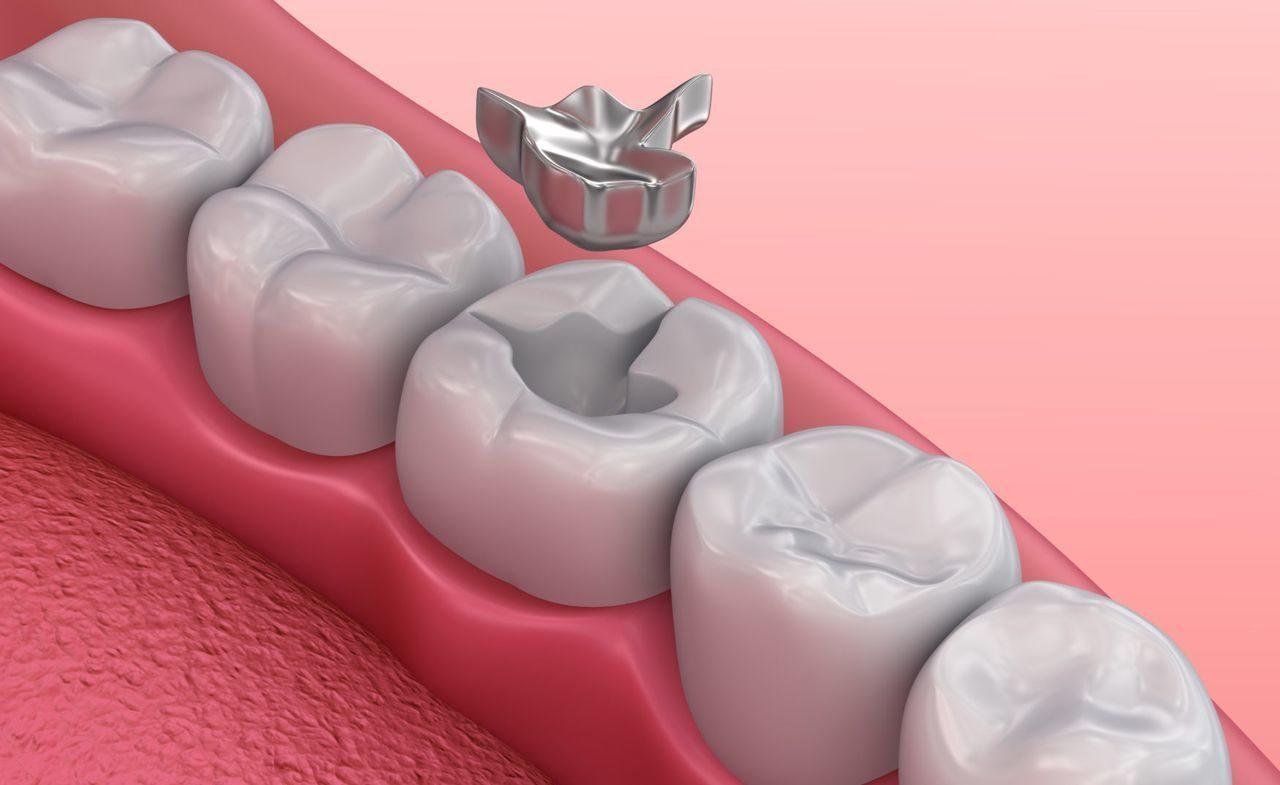The tooth filling materials market is witnessing a transformative shift as both patients and dental professionals prioritize materials that offer enhanced durability and aesthetic appeal. This evolving trend reflects a broader consumer desire for oral health solutions that seamlessly blend function and appearance. Modern dental fillings are no longer judged solely on their strength or longevity; aesthetics, biocompatibility, and environmental considerations now play a pivotal role in the decision-making process.
One of the key drivers of this change is the growing awareness among patients about the available materials and their potential impact on oral and overall health. Gone are the days when amalgam fillings dominated the market due to their affordability and strength. Concerns regarding the mercury content in amalgam and its environmental implications have led to a decline in their popularity. Today, composite resins, glass ionomers, and ceramics are rising stars in the field, offering safer, more appealing alternatives. These materials are designed to mimic the natural look and feel of teeth, providing a seamless finish that restores functionality without compromising aesthetics.
Composite resins, in particular, have gained substantial traction. Known for their tooth-colored properties and ease of application, they allow for minimally invasive procedures. Dentists can match the shade of the composite to the patient’s natural teeth, ensuring a visually pleasing outcome. These materials also bond well to the tooth structure, reducing the need for extensive preparation and preserving as much of the natural tooth as possible.
Glass ionomer fillings have also seen increased use due to their fluoride-releasing capabilities, which help strengthen the surrounding teeth and protect against decay. While traditionally less durable than composites, advancements in their formulation have significantly improved their longevity, making them a viable choice for non-load-bearing restorations and pediatric dentistry.
Ceramic fillings, on the other hand, have carved a niche among patients seeking premium solutions. With their superior aesthetic qualities and resistance to staining, ceramics offer unparalleled durability and a natural appearance. However, their cost and the technical expertise required for their placement make them less accessible to all patients. Nonetheless, ongoing research aims to reduce production costs and broaden their applicability.
The shift in market dynamics is also influenced by advancements in dental technology. Digital tools such as CAD/CAM systems enable the precise crafting of custom fillings, ensuring a perfect fit and improved patient outcomes. Moreover, the development of bioactive materials that interact positively with the body, encouraging natural remineralization and repair, signals the future direction of the industry.
Another significant trend is the emphasis on sustainability. The dental industry is exploring eco-friendly materials and practices to reduce its environmental footprint. Patients and practitioners alike are advocating for greener solutions that align with global sustainability goals.
Overall, the tooth filling materials market is undergoing a paradigm shift toward products that offer a harmonious blend of functionality, beauty, and environmental consciousness. As research continues to drive innovation, patients can look forward to a future where dental restorations are not only effective but also contribute positively to their overall well-being and the planet’s health.






